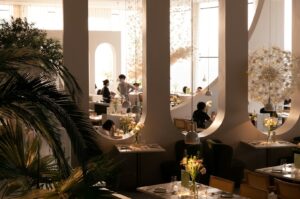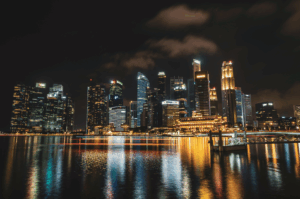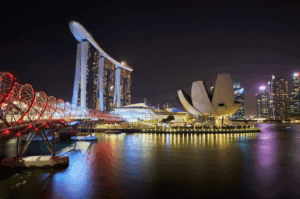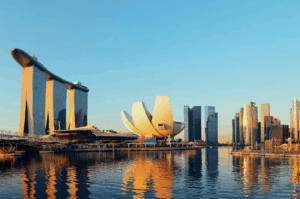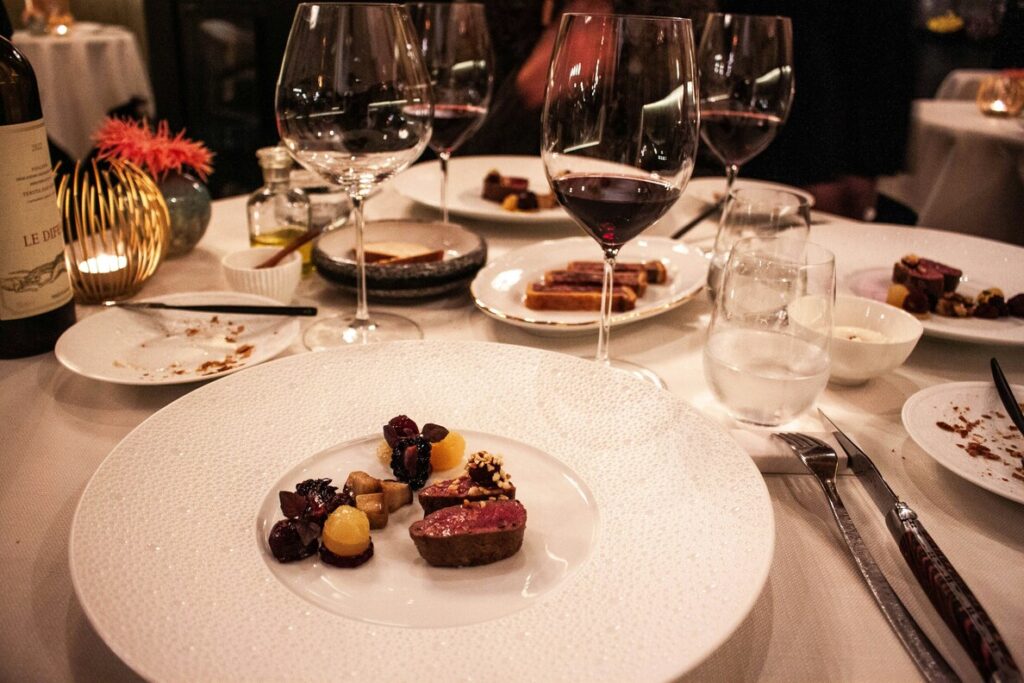
From a bustling trading port to a global epicentre of finance and culture, Singapore’s rise has been nothing short of meteoric. Strategically located at the crossroads of Asia, its culinary scene has mirrored this trajectory, transforming into a vibrant landscape celebrated for its diversity and quality.
The arrival of the Michelin Guide in 2016 was a watershed moment, solidifying the city-state’s position on the world’s gastronomic map. The Michelin Guide Singapore, as the dedicated edition, recognized the city-state’s culinary excellence and brought international acclaim. This prestigious benchmark didn’t just recognize existing excellence; it catalyzed an evolution that continues to shape the identity of fine dining in Singapore. Over the years, Michelin dining in Singapore has evolved, helping shape the country’s gastronomic identity while attracting international attention.
The Michelin Guide: A Global Standard of Excellence
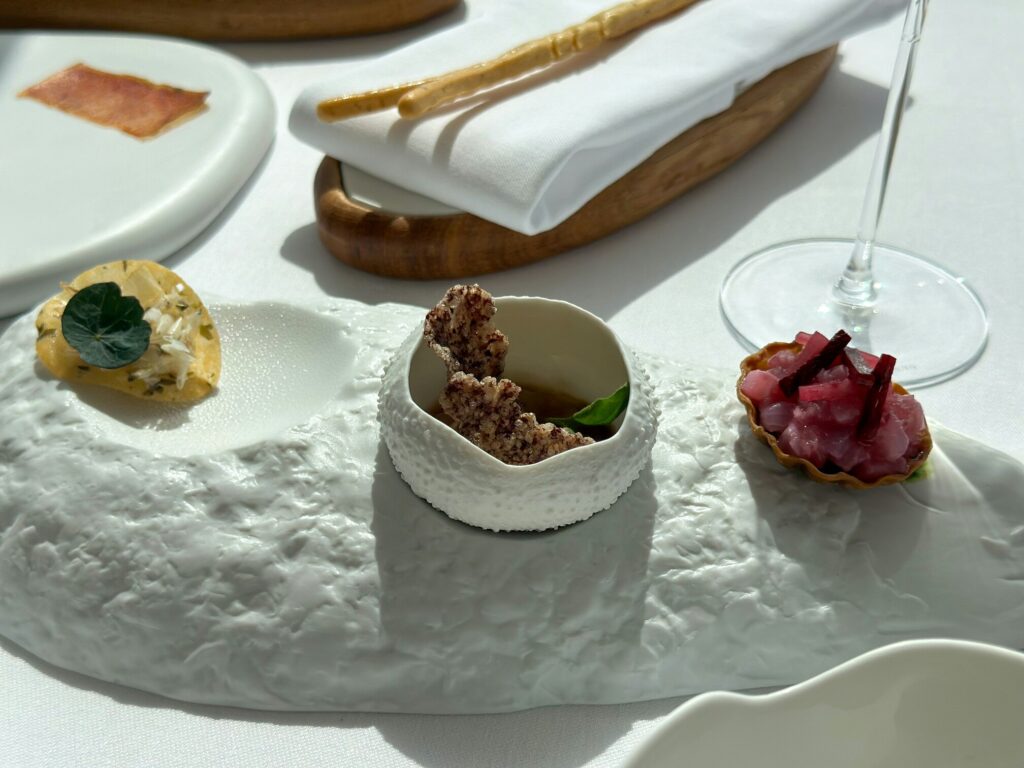
Before exploring its impact on Singapore, it’s essential to understand the Michelin Guide’s significance. Originating in France over a century ago as a travel companion for motorists, it evolved into the culinary world’s most prestigious benchmark. Michelin inspectors, who remain anonymous, use a rigorous five-point assessment to determine which restaurants are awarded stars based solely on the quality of the cuisine. This unwavering commitment to objectivity has made the Michelin star a universal symbol of culinary mastery, coveted by chefs and trusted by diners worldwide. The Michelin Guide is also renowned for its prestigious awards, recognizing excellence and achievement in the culinary world.
A New Culinary Chapter for Singapore
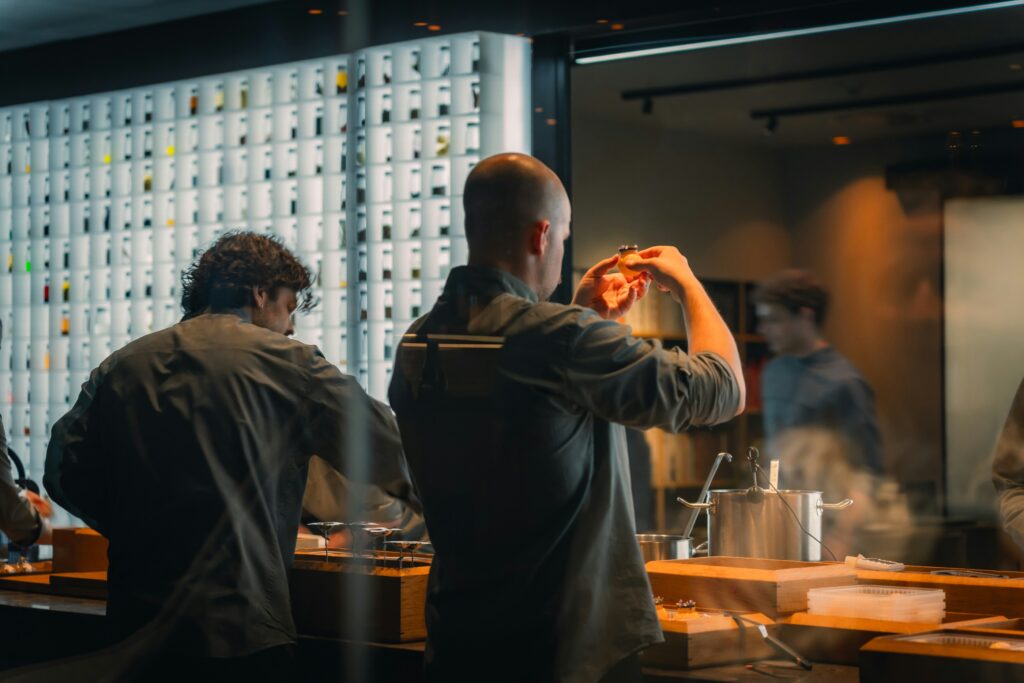
The introduction of the Michelin Guide in 2016 sent ripples through Singapore’s food culture. The international recognition elevated the city’s global culinary status, attracting gourmands and critics from every corner of the globe, who could now discover the unique qualities and flavors that set Singapore’s cuisine apart. This newfound spotlight energized local chefs, inspiring a new wave of creativity and pushing the standards of excellence even higher. Suddenly, Singapore was not just a destination for business and tourism but a must-visit location for anyone serious about food. The guide validated what locals always knew: Singaporean cuisine was world-class, and its culinary scene continues to evolve as a remarkable journey shaped by the influence of the Michelin Guide.
The First Wave: Early Michelin Star Restaurants in Singapore
When the inaugural Michelin Guide Singapore was released in 2016, it placed the city firmly on the global fine dining map. Among the first awardees were Les Amis, which earned three Michelin stars in later editions, and Joël Robuchon Restaurant, which made history as Singapore’s first restaurant to receive the coveted three-star rating (before its closure in 2018). These milestones signaled Singapore’s arrival as a serious dining destination.
Other standout names that emerged in the early years include JAAN by Kirk Westaway, now holding two Michelin stars for its modern reinterpretation of British cuisine, and Saint Pierre, also a two-starred restaurant, renowned for its contemporary French fare.
A notable dish, such as Les Amis’ signature cold angel hair pasta with caviar, became synonymous with Michelin-level dining in Singapore. Together, these pioneering establishments set the standard for excellence, blending classical techniques with modern flair, and shaping the city’s reputation for world-class gastronomy.
Democratizing Fine Dining Experience: The Hawker Stall Phenomenon
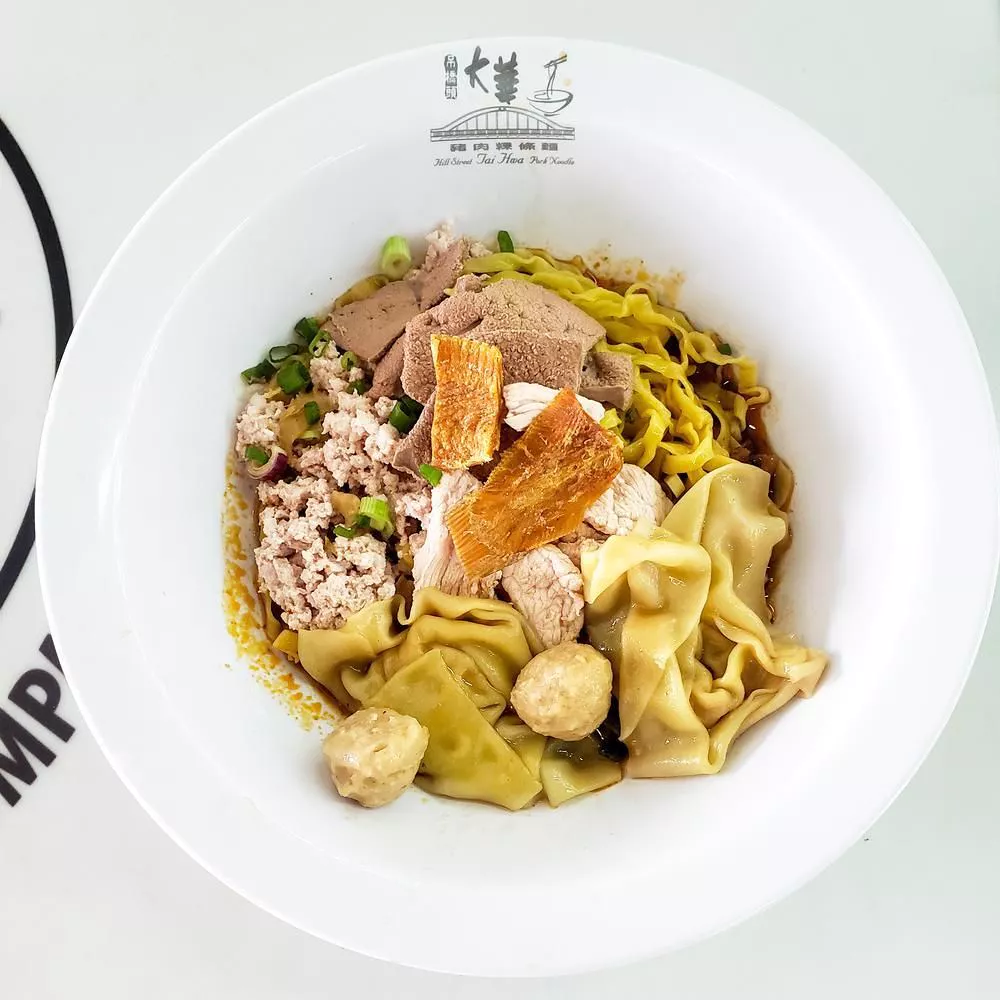
One of the most groundbreaking aspects of the Michelin Guide’s Singaporean debut was its inclusion of humble hawker stalls. Unlike a typical high-end restaurant in Singapore, which is known for luxurious settings and exclusive experiences, these hawker stalls offer exceptional cuisine in a casual, bustling environment.
By awarding stars to establishments like Hill Street Tai Hwa Pork Noodle and Hong Kong Soya Sauce Chicken Rice and Noodle (known as Hawker Chan), Michelin made a powerful statement. It celebrated Singapore’s rich street food heritage and democratized the concept of fine dining. These hawker stalls now attract guests from around the world, all seeking a memorable and authentic dining experience.
From haute cuisine to hawker classics, these pioneering establishments defined what Michelin recognition meant in Singapore. They set the stage for a dining culture where timeless technique and local tradition could share the spotlight, elevating the city into the global gastronomic conversation.
The Flavours of a Nation: A Culinary Melting Pot
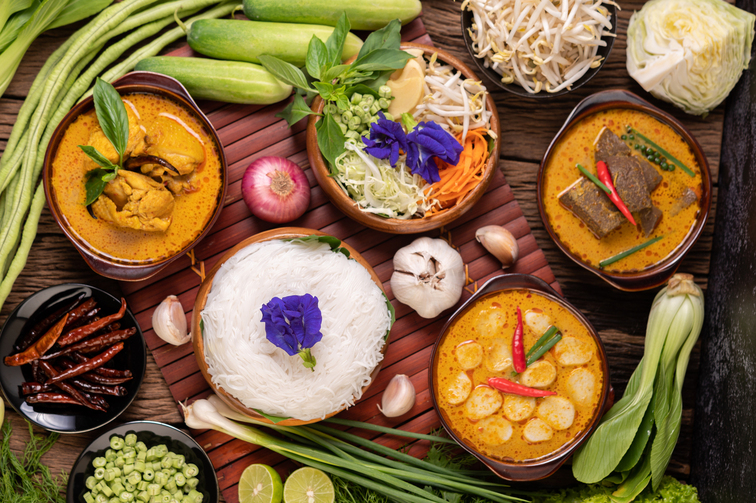
Singapore’s unique culinary identity is its greatest strength. The island’s history as a multicultural hub is reflected in its food, a sophisticated fusion of Chinese, Malay, Indian, Japanese, and French influences, elevated by a refined approach to presentation and technique. This melting pot provides a rich palette for chefs to draw from, resulting in innovative dishes where flavour is paramount. Diners can savour the unique combinations of ingredients, appreciating the balance and depth in every bite.
Michelin restaurants in Singapore masterfully showcase this fusion, often highlighting premium seafood and beef as key components of their menus. The natural sweetness of ingredients like seafood is carefully preserved, allowing their authentic taste to shine. Dishes are frequently paired with complementary sides or beverages, enhancing the overall dining experience and showcasing the artistry of Singaporean cuisine.
The Architects of Taste: Local and International Chefs
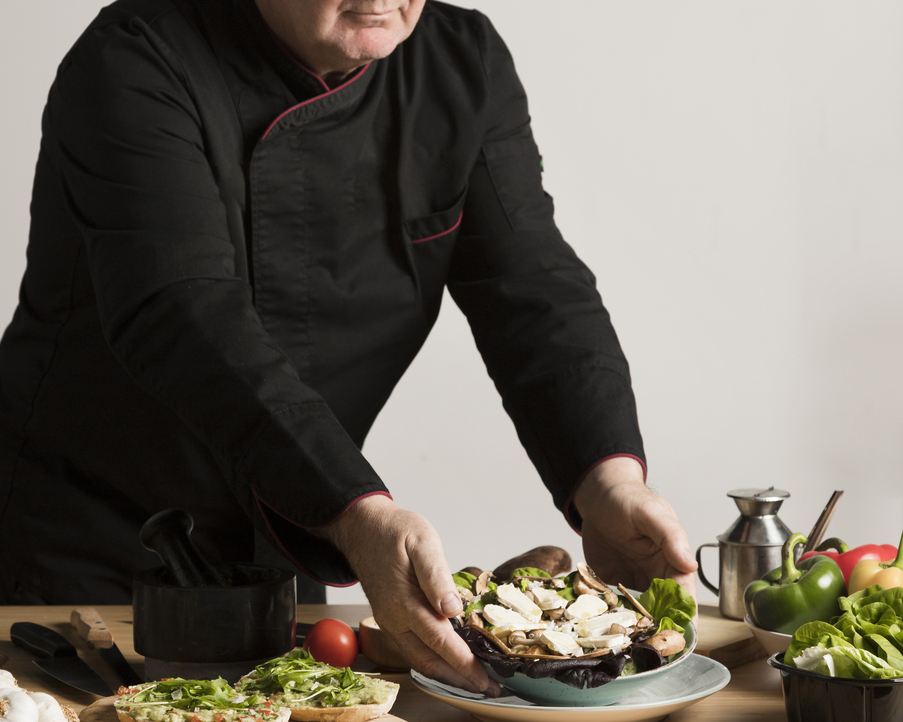
The evolution of Michelin dining in Singapore is driven by the vision and passion of its chefs. Influential local talents have earned global recognition, championing Singaporean ingredients and heritage on the world stage. Their passion for culinary excellence has inspired a new generation of culinary artists and elevated the city’s reputation for award winning restaurants.
Simultaneously, the city has attracted world renowned chefs and chef-entrepreneurs. Kirk Westaway, for example, has transformed JAAN by Kirk Westaway into a two-star institution, celebrating modern British cuisine with a deep respect for seasonality, drawing inspiration from his roots in Devon. Chef owner Emmanuel Stroobant of Saint Pierre is another key figure, blending European and Southeast Asian flavors through his global experience. Lee, or Chef Malcolm Lee, has shaped Singapore’s dining landscape with his contemporary Peranakan cuisine at Candlenut, influenced by his Nyonya heritage. These global talents contribute to the dynamic ecosystem, introducing new techniques and perspectives that enrich the local fine dining landscape.Making Excellence Accessible
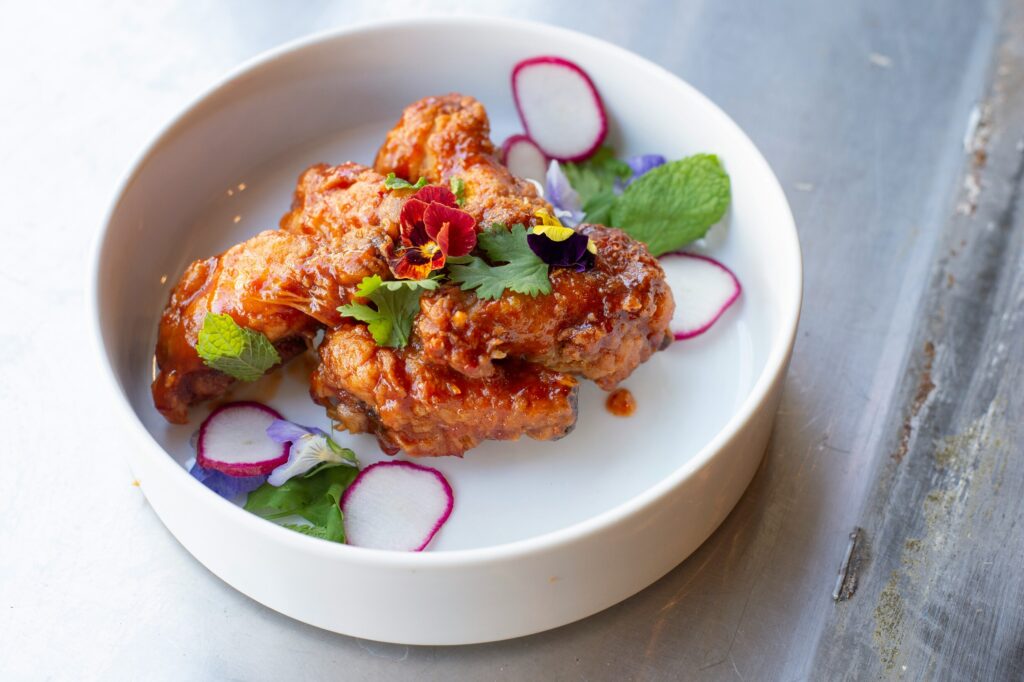
Michelin dining is often associated with exclusivity, but Singapore has made significant strides in making this experience more accessible. Many Michelin-starred restaurants in Singapore offer set lunch and dinner menus, providing an affordable gateway into fine dining without compromising on quality. Additionally, several establishments feature tasting menus, offering smaller portions of signature dishes so diners can explore a variety of flavors in one meal.
Dinner service at these restaurants is often a highlight, with sophisticated menus and unique evening experiences that elevate any occasion. To secure a spot at these sought-after venues, it’s advisable to make a reservation early, as the final seating times for popular restaurants tend to fill up quickly. Some restaurants also offer special menus available exclusively on weekends, and a few may have seating capacity limits to maintain an intimate atmosphere. For those seeking variety, some restaurants offer half portions of select dishes, such as premium seafood, allowing guests to sample multiple offerings in a single sitting. To enhance your dining experience, consider signing up for exclusive offers or early reservations to enjoy the best of Singapore’s Michelin dining scene. Moreover, several renowned chefs have expanded their reach by opening more casual dining concepts, bringing their award-winning expertise to a wider audience. This variety in price points and dining experiences ensures that more people can partake in Singapore’s exceptional culinary offerings, making Michelin-level dining a reality for all.Singapore’s Enduring Legacy as a Culinary Capital
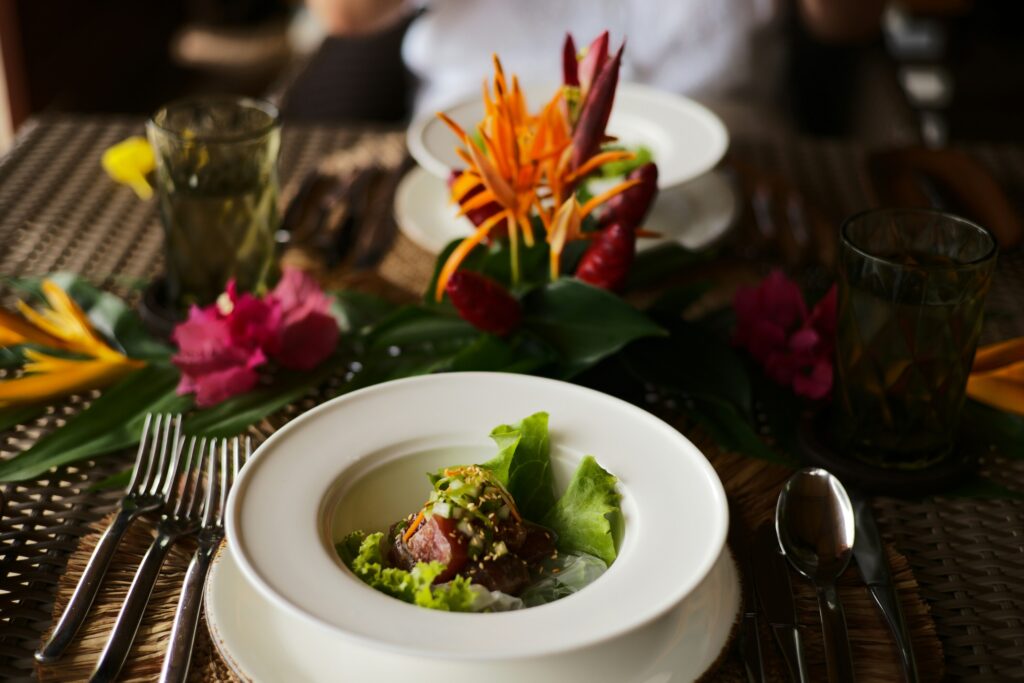
The evolution of Michelin dining in Singapore has cemented its status as one of Asia’s top culinary destinations, standing out among other cities in the region. As part of Asia’s dynamic culinary scene, Singapore is recognized as one of the world’s leading food destinations. The city’s unique blend of heritage and innovation, coupled with its commitment to excellence, has created a vibrant and resilient fine dining scene. Notable Michelin-starred restaurants like Burnt Ends exemplify this achievement. The Michelin Guide did more than just award Michelin stars. It provided a platform for Singapore to showcase its culinary soul to the world, with its restaurants earning numerous Michelin stars and securing its place among the world’s most exciting food destinations.
